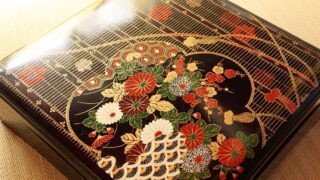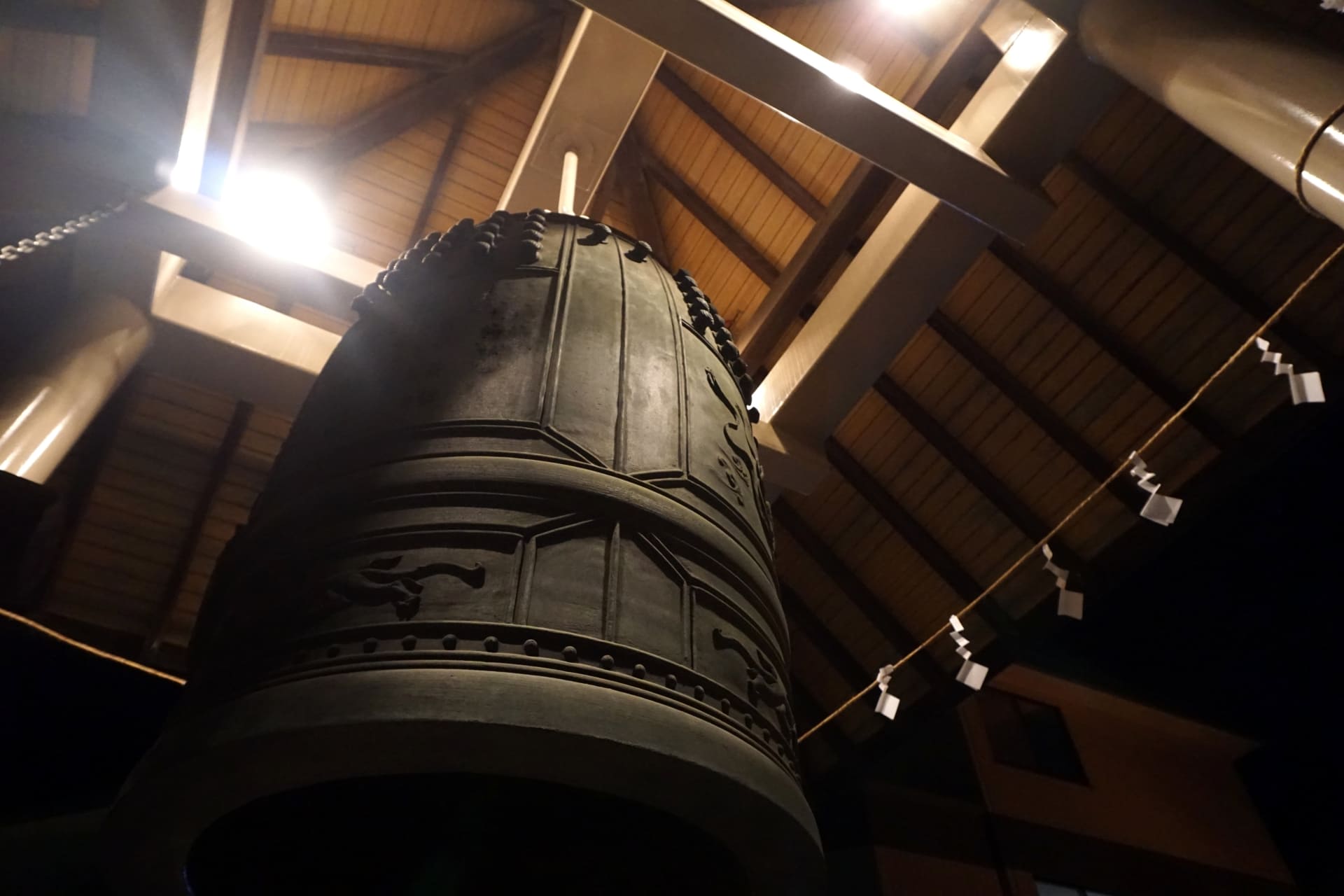In Japan, the New Year’s Eve ritual known as Joya no Kane (除夜の鐘) is a special event with deep spiritual meaning. At Buddhist temples across Japan, a large bell is struck 108 times on New Year’s Eve. The ritual aims to clear away “108 worldly desires” or “bonno” (煩悩) from people’s hearts so they can start the new year with a fresh, pure mind. For foreigners who are just beginning to explore Japanese culture, Joya no Kane provides a unique opportunity to experience a profound, symbolic tradition.

I loved falling asleep while listening to “Joya no Kane” when I was a child.
What is “Joya no Kane” in Japan?
Joya no Kane is the name given to the bell-ringing ceremony that takes place on New Year’s Eve. Japanese Buddhist temples hold this annual event, which draws people from all over Japan to celebrate and purify their minds for the year ahead. The ringing of the bell symbolizes a cleansing ritual, where negative emotions and desires are dispelled, leaving participants ready to embrace the new year with a clear conscience.
Why 108 Times?

The bell is struck 108 times because, according to Japanese Buddhist beliefs, humans possess 108 types of negative desires, known as “bonno (ぼんのう).” These desires include common emotions such as anger, jealousy, and greed, which can lead to suffering if not kept in balance. Striking the bell 108 times represents the act of purging each of these desires, thus enabling a clean mental state for the upcoming year.
The Significance of the Bell’s Sound

Each toll of the Joya no Kane resonates through the air, carrying a symbolic meaning of letting go and purification. The sound of the bell reverberates through temples, creating a peaceful and solemn atmosphere. In Japanese Buddhism, the act of hearing these calming bell sounds is thought to help participants release their inner struggles, promoting a sense of calmness and gratitude.
How to Interpret Joya no Kane

For those new to Japanese culture, Joya no Kane can seem unfamiliar at first. A helpful way to understand this ritual is by seeing it as a kind of mindful meditation, using sound to release negative thoughts. Imagine each strike of the bell as a step towards mental clarity and renewal, helping to shift focus from material desires to a sense of peace and self-awareness.
When is Joya no Kane Performed?
The ritual takes place on New Year’s Eve, with most temples beginning the bell-ringing late at night, typically around 11 PM. The goal is to strike the final bell at the exact moment the new year arrives, symbolizing a fresh start. This timing allows everyone in attendance to reflect on the past year while welcoming the coming one with a purified heart and mind.
Typical Bell-Ringing Schedule

Temples usually start striking the bell around 11 PM on New Year’s Eve. As the bells continue to chime, they reach the 108th toll at midnight, creating a unique transition between the old and new year. Many people tune in to live broadcasts, as some major temples across Japan feature Joya no Kane on television, allowing everyone to feel connected to this tradition, even from home.
Variations Across Temples and Regions
Although most temples adhere to the same timing, there are variations depending on the region and specific temple. Some temples may adjust the number of strikes to ensure everyone who wishes to participate has a chance to do so, sometimes exceeding 108 strikes. In popular tourist destinations, temples may even offer a “bell-ringing experience,” where visitors are invited to participate, making it a memorable cultural experience for foreigners.
Experiencing Joya no Kane as a Visitor in Japan
For tourists visiting Japan around New Year’s, Joya no Kane is a fascinating event to witness firsthand. By researching temples that allow public participation, visitors can deepen their connection with Japanese culture while taking part in this sacred tradition.
Famous Temples to Visit

Certain temples in Japan are famous for their Joya no Kane events, attracting both locals and tourists alike. For instance, Kyoto’s Kiyomizu-dera and Tokyo’s Senso-ji are well-known spots, as well as Shitenno-ji in Osaka and Todai-ji in Nara. These temples offer a solemn and beautiful setting to experience Joya no Kane, allowing visitors to connect with Japanese spirituality in a unique way.
How to Participate and What to Expect

If you wish to participate in Joya no Kane, check the temple’s website or local guides beforehand, as some temples may require reservations. Since Joya no Kane is a solemn event, it’s essential to maintain a respectful attitude, keep a low voice, and observe any instructions given by the temple staff. Dress modestly, as temples are often chilly in winter, and be prepared to wait your turn patiently if many people are present.
Joya no Kane Q&A
- QHow can I join a Joya no Kane event?
- A
Many temples welcome public participation in their bell-ringing ceremonies, though popular ones may require prior reservations. Be sure to check online guides or the temple’s official website for updated information, especially as New Year’s Eve approaches.
- QWhy is the bell rung 108 times?
- A
The 108 tolls represent the 108 worldly desires in Buddhism, which are believed to cause suffering and distraction. By striking the bell 108 times, these desires are symbolically released, helping participants start the new year with a cleansed mind.
- QWhich temples are famous for Joya no Kane?
- A
Temples like Kiyomizu-dera in Kyoto, Senso-ji in Tokyo, Shitenno-ji in Osaka, and Todai-ji in Nara are known for their impressive Joya no Kane events. Check for visitor guidelines and timing for a seamless experience.
Conclusion
Joya no Kane is one of Japan’s most cherished end-of-year traditions, rich in cultural significance and spirituality. This ritual, with its 108 tolls, is a beautiful representation of cleansing the heart and mind, providing a serene way to bid farewell to the past year. If you ever have the opportunity to experience New Year’s Eve in Japan, consider visiting a temple and listening to the deep, resonant sound of Joya no Kane. This unique event offers not only an insight into Japanese culture, but also a chance to reflect and enter the new year with a peaceful mind.















